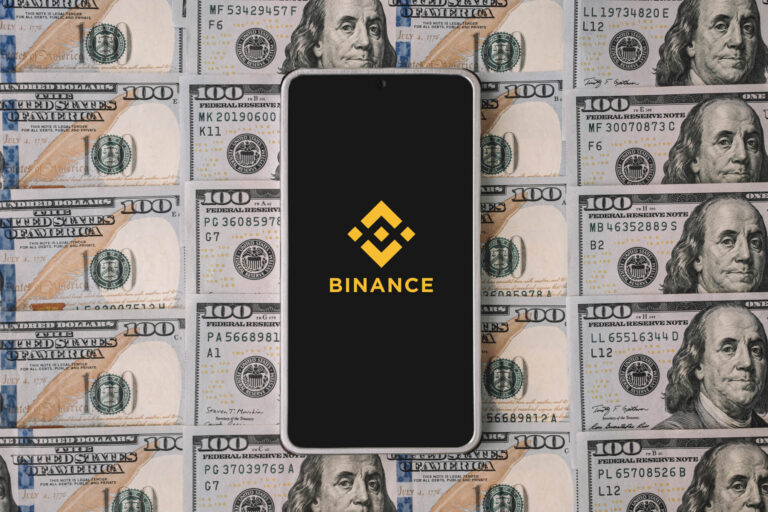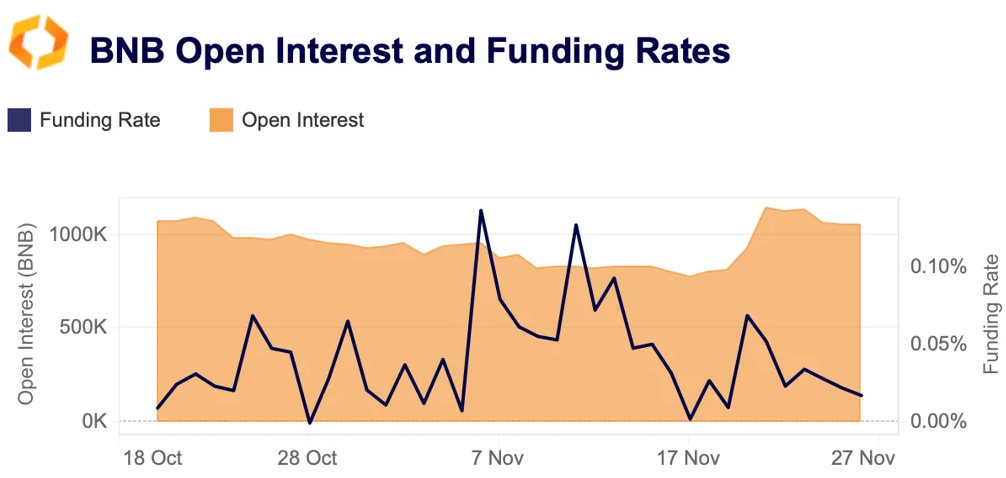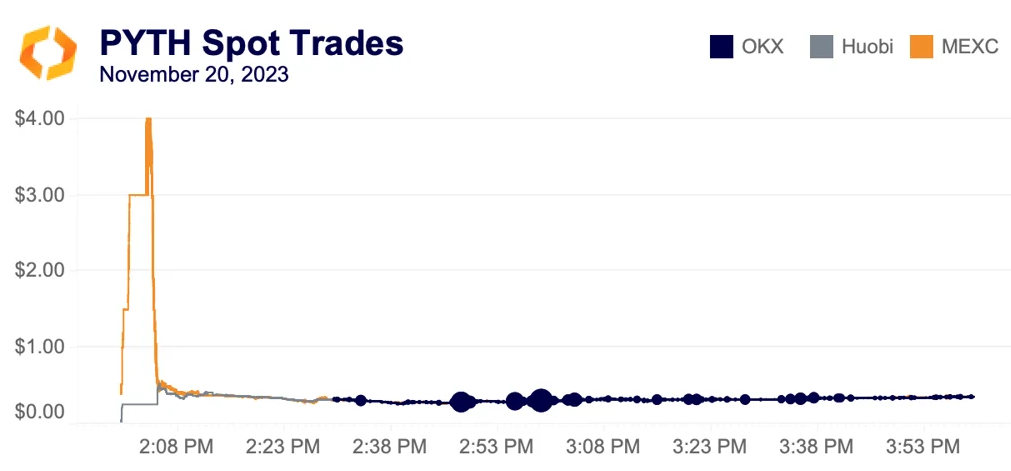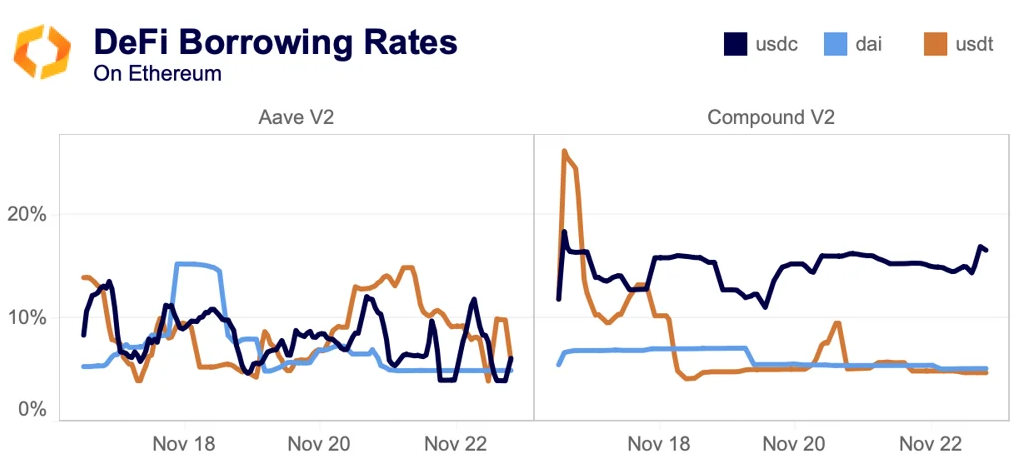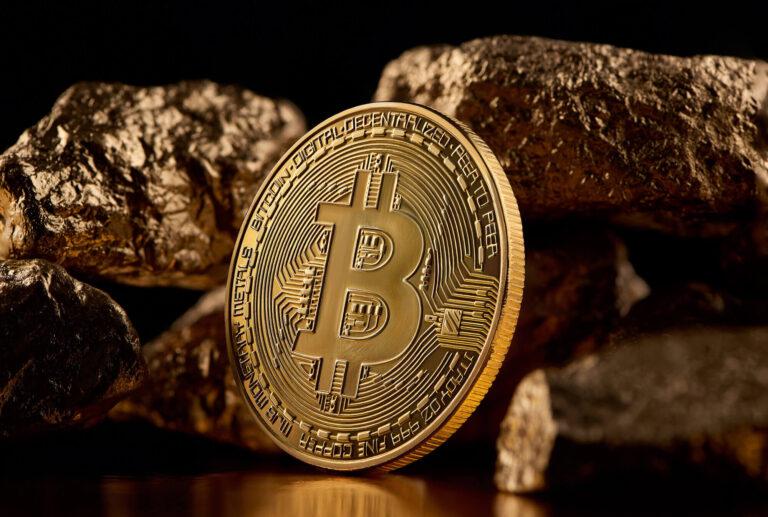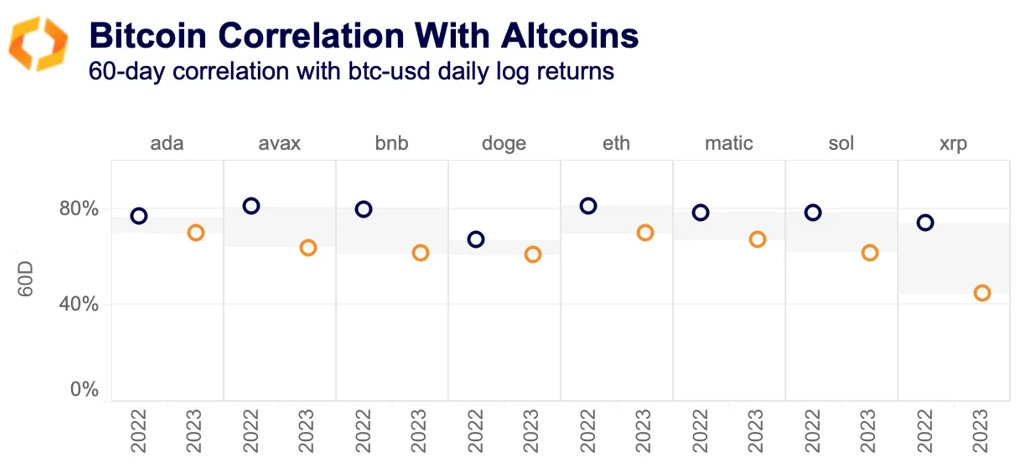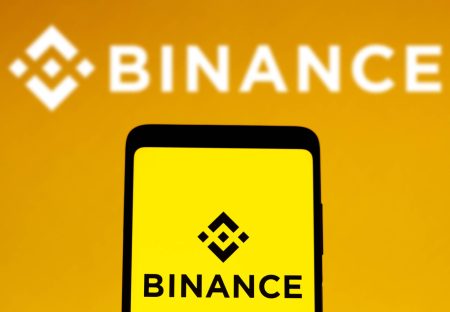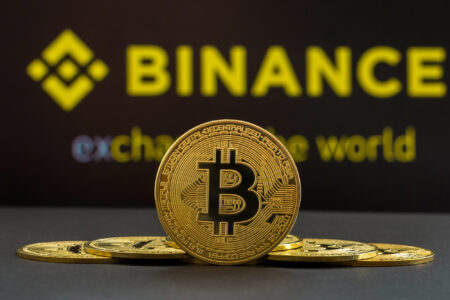A summarizing review of what has been happening at the crypto markets. A look at trending sectors, liquidity, volatility, spreads and more. The weekly report in cooperation with market data provider Kaiko.
Last week the U.S. Justice Department's investigation of Binance finally came to a close with the exchange agreeing to pay $4.3bn in penalties and its CEO Changpeng Zhao stepping down and pleading guilty. Additionally, the SEC charged Kraken for running an unregistered securities exchange.
Legal battle between Binance and the SEC
After months of legal wrangling, Binance finally agreed to a historic $4.3bn settlement with the U.S. Justice Department, closing an investigation that had weighed on the crypto industry. From an outsider's perspective, the settlement proved grim, but within the industry, there was a sigh of relief knowing that Binance is still able to operate, albeit with increased restrictions and the dismissal of its CEO.
While the exchange reportedly saw outflows of over $1bn, the immediate impact on volumes and liquidity was muted. BTC and ETH even closed the week slightly up. Market depth for top traded instruments on Binance initially dropped ~25%, but soon recovered to prior-levels, at about $100mn.
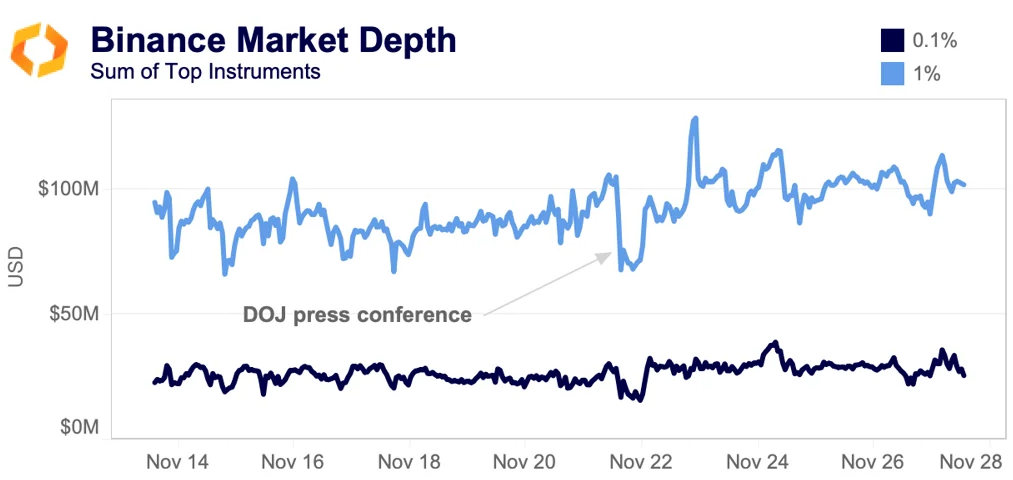
When looking at market share, we see a slightly different story. Since the start of the year, Binance has lost considerable market share to other exchanges. As of yesterday, its market share was just 46%, a steep drop from more than 70% at the start of 2023.
Market share first dipped consistently below 50% in early September due to changes in Binance's zero-fee promotions. In the immediate aftermath of the settlement, market share dipped from 49% to 41%, but then recovered to 46%. Binance's native BNB token was volatile after news of the settlement broke, dropping by 6.8%, and has remained steady at around $230 since.
BNB trade volume spiked to $1.6bn, its highest level since the FTX collapse. Open interest was also volatile, rising by 23% between November 20-21, before dropping by 6.6% in the following days. However, while funding rates declined, they remained slightly positive to neutral suggesting both sellers and buyers were active.
Ultimately, Binance emerged mostly intact save for a large fine, the loss of its CEO, and ongoing monitoring. We will be closely observing the exchange's market share over the coming weeks to understand the true impact.
PYTH token surges
Oracle provider Pyth released its long anticipated token in the form of an airdrop to users who had interacted with protocols using Pyth’s feeds. The token is native to the Solana blockchain, though users on many blockchains received the airdrop. Off-chain, the launch had the characteristic price divergences we’ve seen during past token launches via airdrop.
On MEXC, the token’s price hit $4 less than 10 minutes after trading began. At launch, trades on Huobi were taking place between $0.05 and $0.10. However, bigger trades didn’t roll in until the token went live on OKX; these trades are represented by the larger blue dots.
DeFi borrowing rates remain elevated
Borrowing rates on Aave V2 and Compound V2 have remained high – about 13% APR on Compound and between 4% and 15% on Aave for USDC – as demand for stablecoins has increased. Rates on Aave have been especially volatile as the utilization rate remains very close to optimal for USDC, DAI, and USDT. The utilization rate describes what percentage of a token deposited into a protocol is being borrowed; when the “optimal” percentage is breached, rates increase rapidly to encourage repayments or deposits, bringing the utilization rate back down.
Utilization rates on the above protocols have trended higher because of increasing borrowing demand for stablecoins in the short term as well as the migration to their respective V3s over the long term.
AI-linked crypto token trade volume takes off
The weekly trade volume of AI tokens reached a multi-month high of over $3bn in early November as global sentiment has improved on the back of better macro conditions and better-than-expected quarterly results by chipmaker Nvidia. The increase was driven by Sam Altman-affiliated Worldcoin (WLD) and Render (RNDR), which accounted for more than half of overall volume in November.
Binance is the largest market for AI-linked tokens. However, its market share has declined significantly from 74% in July to 61% as of last week. By contrast, the share of volume on U.S.-available exchanges has increased. Coinbase has emerged as the second largest AI market and accounts for 9% of global AI tokens volumes, up from just 1% in July.
Bitcoin is less correlated to altcoins
Bitcoin’s appeal as a portfolio diversifier has increased this year because it has de-correlated with traditional assets while posting significant returns. XRP and BNB have registered the largest drop in correlation with BTC while DOGE and ADA have remained mostly correlated. Bitcoin has been outperforming most altcoins over the past few months, attracting institutional inflows on rising enthusiasm around a potential spot ETF approval. While altcoins have been lagging behind, they have gained some traction in November as global risk sentiment improved.

